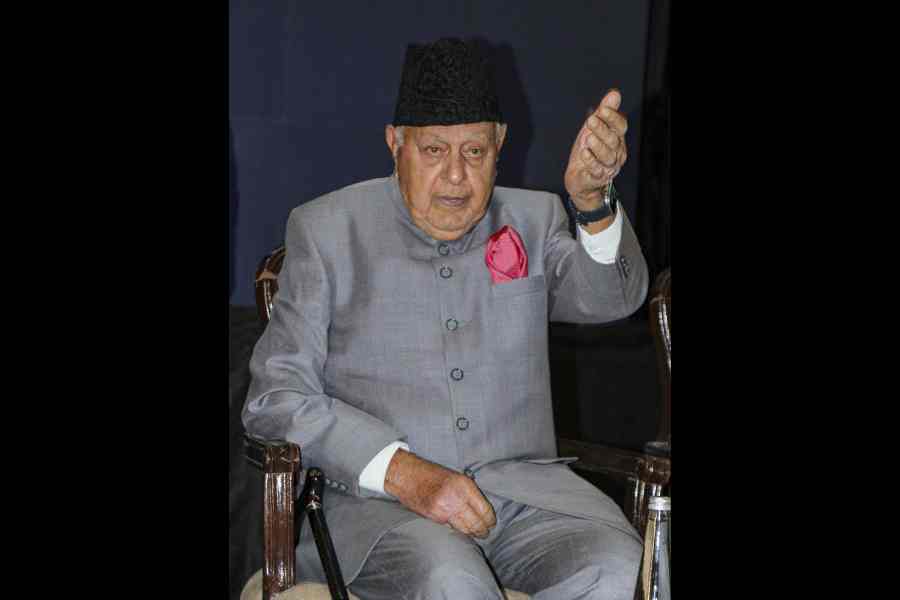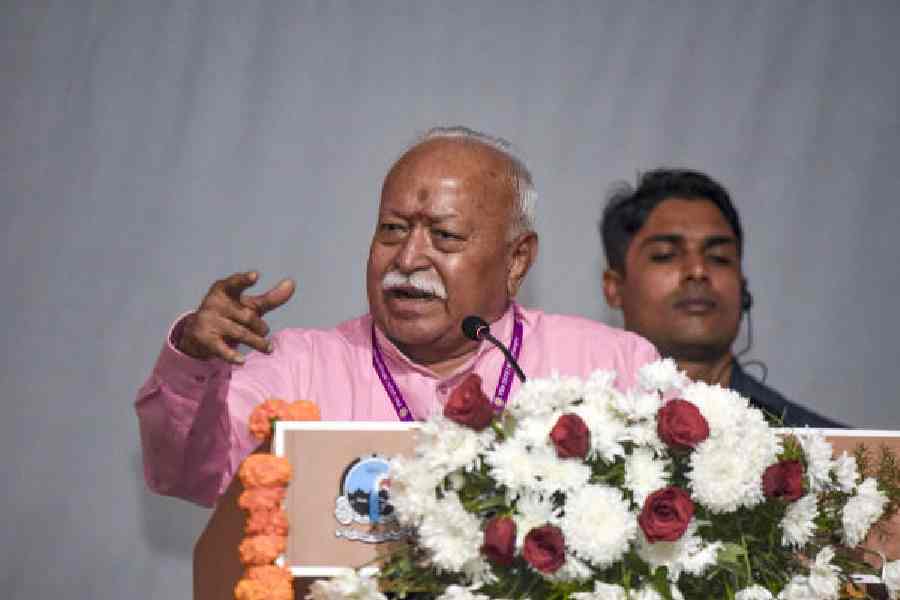The year, 2022, is bracketed between one’s memory of two exceptionally brilliant works that gave modern society its understanding of depression leading to hatred and violence. Four centuries ago, in 1621, Robert Burton published The Anatomy of Melancholy. Burton’s medical-cultural analysis termed this shade of mental illness ‘melancholia’. In 1923, three centuries after Burton, Melanie Klein proposed her theory of the unconscious in terms of object-relations. She offered great insights into the way the infantile experience of gratification as well as denial jointly determine a child’s response to complexities and ambivalences in its adult life. Klein’s theory proved to be influential in detecting mental disorders related to depression and suicidal tendency. Analysis of hatred leading to violence relates these tendencies to psychological factors that Klein called depression and Burton, previously, had called melancholia. In such individuals, they become manifest through highly seductive rhetoric and promises of a total transformation. Charles James Fox pointed to the infantile obsession in his oft-quoted statement that “the worst of revolutions is a restoration.” The prevailing mood of Hindutva in India is its chilling example. What is even more terrifying is that it is not happening by itself, as a simple expression of zeitgeist — the spirit of our time — but is being made to happen.
Restoration-Hindutva is no longer caged in the 2002 version of Narendra Modi’s ‘if there is an action, there will be a reaction’ analysis of carnage. It has now acquired an impatient zeal for those who believe that the brutality of reaction is sufficient evidence of action, whether it has taken place or not. Hate and hit are its key principles. This Restoration-Hindutva is drastically different from all previously known forms of Hindu thought and culture. Every new form of thought, theological or political, has its epistemology — ideas of knowledge — as well as its axiology — its set of values. The earlier varieties of Hindu thought include the Samkhya, Yoga, Nyaya, Vaisheshika, Mimamsa, varieties of Vedanta as well as Charvaka and Ajivika. The medieval Bhakti school of poetry and music was its regional reformist manifestation. Buddhism and Jainism have been the major parallels of the Vedantic schools in ancient times and the Lingayat-Sharana and Sikhism similar parallels in medieval times. Each of these darshans and their epoch-making parallels had their respective knowledge construction, (epistemology) and value statement (axiology).
Going by the happenings around us, one feels that the axiology of the new avatar of Hindutva involves intolerance, hatred, insensitivity, arrogance and desecration. Those who have embraced the new darshana put up photographs of innocent women on websites as ‘girls for auction’. They lynch and crush innocent persons and, yet, remain unrepentant. They spread nails and barbed wires on roads to stop protesters from proceeding towards the capital. They enter the places of worship of other religions and desecrate them. They hate people who dress differently or eat different food. They intimidate film-makers, dramatists and writers who may have something different to say. Their assemblies of saints pour venom on other religions and give calls for genocide. They hijack icons and heroes of the past from other folds and induct them in their pantheon as their own if and when it suits them. They disregard existing law and the Constitution and use them as ‘tools’ for achieving their ends. They make repeated cyber-space attacks on their opponents to vilify, demean and intimidate them. They advocate slavery for women and the oppressed social classes. They believe that propaganda is superior to facts and that telling lies is a form of brilliance. Pomp and sartorial glamour of rulers, they believe, are capable of silencing hungry bellies.
All previous darshanas were known to emphasize the need ‘to see’, to perceive reality, and understand its essence. The term, darshana, itself can be translated as ‘seeing, or the expression of what is seen’. The current variety believes in not seeing, in turning one’s head away when naked truth stands before you. It has admiration for the adrishya, that which is invisible. Thus, it makes all useful data related to the lives of people invisible. This method is known as ‘national security concern’. It even makes individuals invisible if they raise disturbing questions. This method is known as UAPA. Its proponents intimidate and make the media blind. This is known as ‘popularity’.
Hindutva’s epistemology rests on the rejection of available knowledge and sciences. It does not accept the theory of biological evolution. It believes that modern Western knowledge has polluted the clear streams of Indian reason and science. It does not like the IITs and national laboratories to conduct research in modern sciences but presses them to focus on cow dung and cow urine. It imposes a ‘new’ education policy on university and college students which has ‘sanatan knowledge’ as its pole star. This school of Hindutva is obsessed with the idea that all knowledge flowed out to the rest of the world from India and no good knowledge ever came from outside. Its historiography is placed in the service of proving this first principle of its idea of India. In its view, no other language, before or after Sanskrit, has contributed to knowledge as much as Sanskrit did. For them, all other civilizations — Egyptian, Mesopotamian, Assyrian, Akkadian, Dravidian, Greek, Latin or Slavic — are derivative. All previous schools of Hindu thought depended on pramana — logical proof — for validation of their tenets. When they did not wait for pramana, they, at least, depended on vachana or vedokti, the tradition of knowledge. The current variety of Hindutva has nothing but disdain for evidence and scientific history.
Welcome India-2022 to the Hindutva as it is being unfolded before you. Watch with an anxious eye the passing of anti-conversion laws, attacks on churches, pandering to the Bulli Bai app, loud calls for Muslim genocide in dharma sansads, slapping of the Armed Forces (Special Powers) Act afresh in Nagaland, linking of Aadhaar with electoral rolls, release of calendars based on absurd historiography, expulsion of Opposition MPs, election rallies galore during the pandemic at its tidal high, formulation of a doctrine by the National Security Adviser branding civil society as a war weapon, blocking of funds for compassionate non-governmental organizations and the replacement of Gandhi with his assassin as the Mahatma. Sing hosannas to the makers of this vishwaguru India. Forget that the New York governor, Kathy Hochul, has recently passed a new anti-hate legislation because hatred is detrimental to democracy. Forget that Che Guevera said, “The revolution is not an apple that falls when it is ripe. You have to make it fall.” What is a mere apple in comparison to the Constitution that the regime is making fall?
G.N. Devy is Chair, The People’s Linguistic Survey of India










